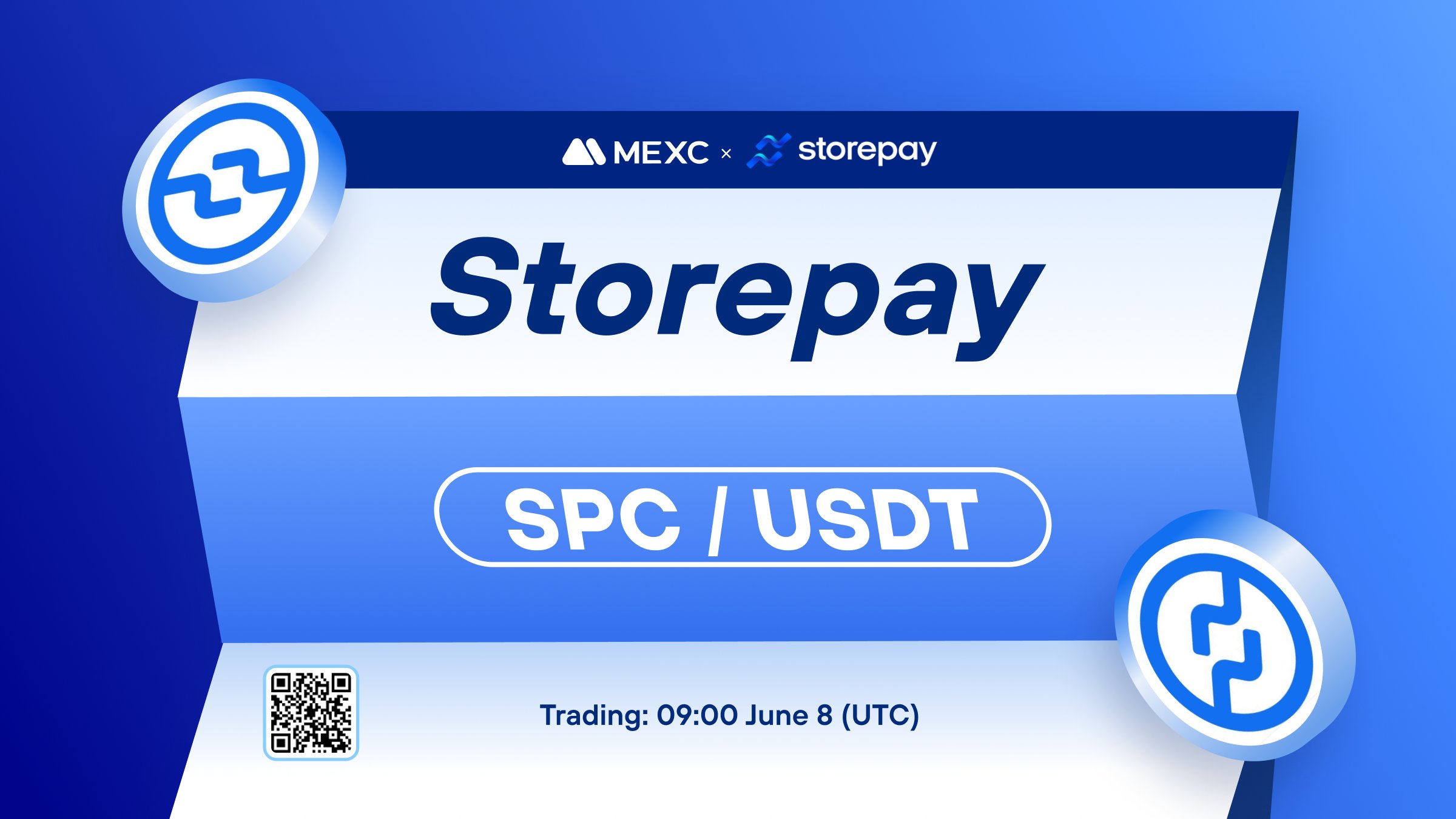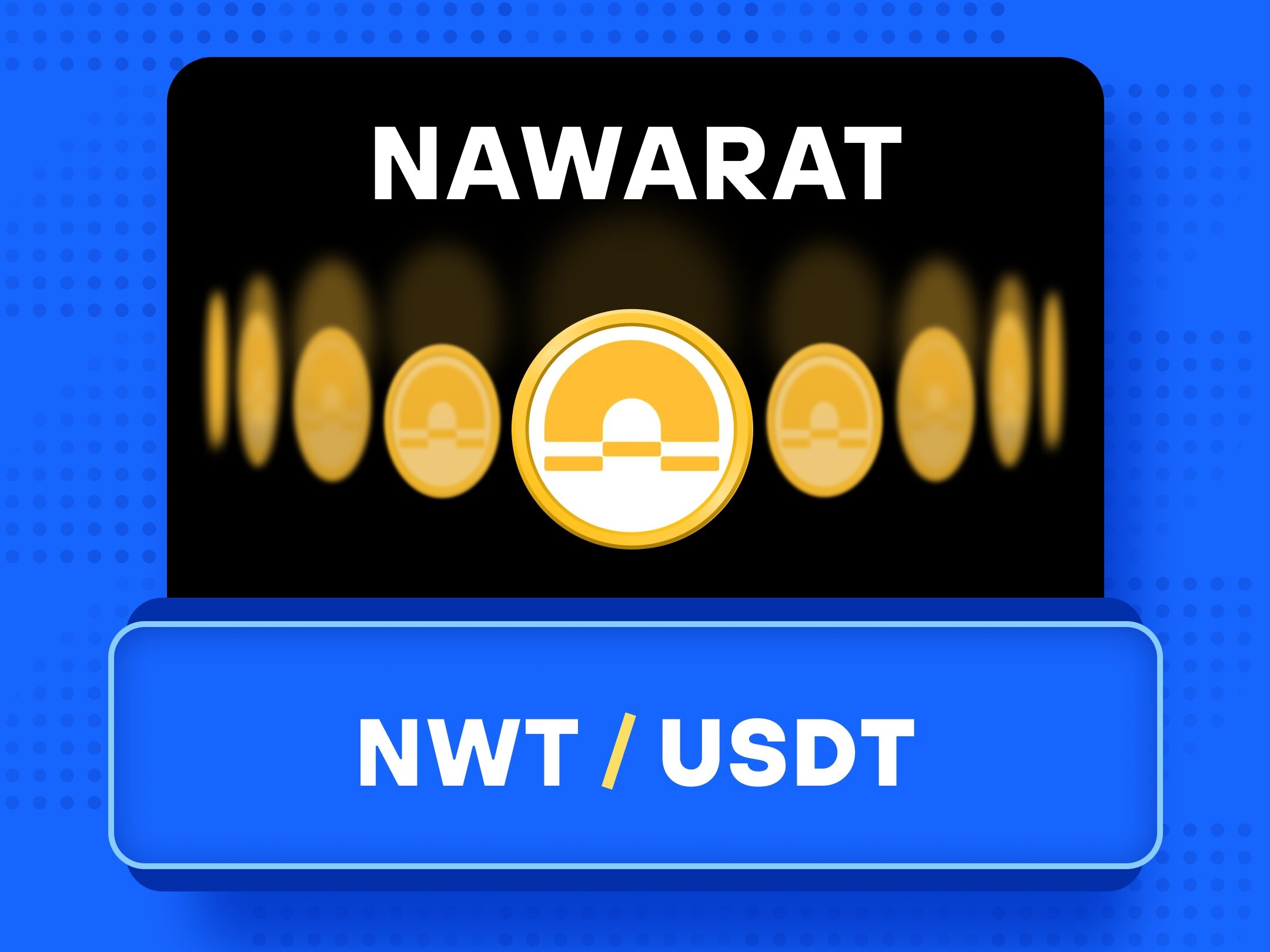
The blockchain industry faces a fundamental challenge: current networks cannot scale beyond simple transactions without sacrificing decentralization or security. Eclipse emerges as a groundbreaking solution, representing the next evolution in blockchain performance through its innovative Layer-2 architecture.
This comprehensive guide explores Eclipse’s revolutionary approach to solving blockchain scalability, its cutting-edge technology stack, and the real-world applications it enables. Whether you’re a developer seeking high-performance blockchain infrastructure, an investor evaluating next-generation projects, or simply curious about the future of decentralized technology, this article provides essential insights into Eclipse’s vision for “GigaCompute” – delivering orders of magnitude more computational capacity than current blockchain systems.
Table of Contents
What is Eclipse Crypto? Revolutionary Layer-2 Blockchain Platform
Eclipse is a pioneering Layer-2 blockchain platform that delivers crypto’s first high-performance, optimistic rollup built on the Solana Virtual Machine (SVM). This revolutionary platform achieves over 100,000 transactions per second while maintaining Ethereum-level security. Unlike traditional blockchains constrained by consensus limitations, Eclipse separates security from performance through fraud proof mechanisms, enabling unprecedented computational capacity while maintaining decentralization. The platform introduces the revolutionary GSVM (GigaCompute Solana Virtual Machine) client, designed to achieve over 100,000 transactions per second through advanced software-hardware co-design principles.
At its core, Eclipse operates as an optimistic rollup that leverages Ethereum for settlement while utilizing innovative data availability solutions. This architecture allows Eclipse to focus purely on execution performance without being limited by the typical constraints of Layer-1 networks. The platform’s unique position enables developers to build sophisticated applications requiring massive computational resources – from AI inference and real-time gaming to large-scale DePIN networks.
What Problems Does Eclipse Crypto Solve? Blockchain Scalability Issues
Eclipse addresses several critical limitations plaguing current blockchain infrastructure that prevent mainstream adoption of decentralized applications. These include computational bottlenecks, hardware underutilization, and application performance constraints that limit what developers can build on blockchain networks.
1. The Computational Bottleneck
Traditional blockchains rely on redundant computation across all nodes to achieve consensus, creating severe performance limitations. This approach works for simple token transfers but becomes prohibitively inefficient for complex applications requiring substantial computational resources. While this approach works for simple token transfers, it becomes prohibitively inefficient for complex applications requiring substantial computational resources. Eclipse solves this through its optimistic rollup design, where computation happens once and is verified through fraud proofs only when challenged.
2. Hardware Underutilization Crisis
Current blockchain implementations fail to leverage modern hardware capabilities effectively. Despite validators running powerful servers with hundreds of CPU cores and advanced GPUs, most blockchain software uses only a fraction of available processing power. Eclipse’s software-hardware co-design approach maximizes hardware utilization through specialized components like SmartNICs for near line-rate processing and GPU acceleration for computational workloads.
3. Application Performance Constraints
Existing blockchains force developers to choose between decentralization and performance, limiting the scope of possible applications. High-frequency trading, real-time gaming, AI inference, and large-scale IoT networks remain impractical on current infrastructure. Eclipse eliminates these trade-offs by providing orders of magnitude more computational capacity while maintaining blockchain security guarantees.

Eclipse Crypto History: The Story Behind Layer-2 Innovation
Eclipse emerged from a vision to unlock blockchain’s full potential by eliminating the artificial constraints imposed by traditional consensus mechanisms. The project recognizes that while significant advances in AI training and hardware acceleration have revolutionized other computing domains, blockchain technology has remained largely static in its approach to performance optimization.
Founded on the principle that Layer-2 architecture provides unique opportunities unavailable to Layer-1 networks, Eclipse leverages the separation of security and performance inherent in optimistic rollups. This foundation enables the team to pursue aggressive optimizations – from custom hardware integration to advanced scheduling algorithms – that would be impossible in traditional blockchain designs.
The Eclipse vision centers on “GigaCompute” – providing computational capacity orders of magnitude beyond current blockchain capabilities. This ambitious goal stems from observing how other industries have achieved breakthrough performance through hardware-software co-design, particularly in the AI and machine learning domains where specialized hardware has enabled transformational applications.

Eclipse Blockchain Features: Key Advantages of Layer-2 Technology
Eclipse introduces several groundbreaking innovations that fundamentally advance blockchain performance capabilities.
1. Software-Hardware Co-Design Architecture
Eclipse pioneers the application of hardware-software co-design principles to blockchain infrastructure. This approach involves custom optimization for specialized hardware components, including SmartNICs for network processing, FPGAs for signature verification, and GPU acceleration for computational workloads. Unlike generic blockchain implementations, Eclipse’s GSVM client is specifically designed to leverage high-end server hardware effectively.
2. Cross-Layer Performance Optimizations
The platform implements sophisticated optimizations across networking, runtime, and storage layers. Performance-driven sequencing reorders transactions to enable pre-fetching of account data, dramatically reducing I/O stalls. Combined with concurrency control awareness, this approach achieves near-zero cache misses during transaction execution.
3. Workload Non-Interference Technology
Eclipse introduces “Hotspot Islands” – a revolutionary approach to computational isolation where heavily used applications receive dedicated execution resources. This design ensures that high-traffic applications like DEXs don’t degrade performance for other users, effectively providing the benefits of application-specific chains within a shared address space.
4. Dynamic Scaling and Chain Elasticity
The platform automatically scales computational resources based on application demand. When new demanding applications launch, Eclipse can dynamically allocate additional execution cores and storage capacity, providing horizontal scaling that adapts to ecosystem growth.

Eclipse Crypto Use Cases: Real-World Layer-2 Applications
Eclipse’s high-performance architecture enables previously impossible blockchain applications across multiple domains.
1. AI and Machine Learning Applications
Eclipse’s computational capacity supports on-chain AI inference and training, enabling trustless artificial intelligence applications. The platform can handle large language models, automated trading systems, and agentic AI that operates entirely on-chain without relying on centralized services. GPU acceleration capabilities make computationally intensive AI workloads practical for the first time in blockchain environments.
2. High-Performance Gaming Environments
The platform enables real-time, fully on-chain gaming experiences with thousands of concurrent players. Eclipse’s low latency and high throughput support complex game mechanics, persistent virtual worlds, and transparent gameplay verification. This represents a significant advancement over current blockchain games limited to simple, turn-based interactions.
3. DePIN Network Infrastructure
Eclipse provides the computational foundation for large-scale Decentralized Physical Infrastructure Networks. The platform can handle millions of IoT devices, real-time verification of physical services, and complex reward distribution mechanisms. Projects like Helium and Render benefit from Eclipse’s ability to process high volumes of proof-of-coverage and rendering verification transactions.

Eclipse Token Future: Roadmap for Layer-2 Blockchain Development
Eclipse’s roadmap focuses on realizing the full potential of GigaCompute through continued technological advancement and ecosystem expansion.
The platform’s development trajectory emphasizes progressive optimization of the GSVM client, with plans to implement advanced features like self-improving runtimes using reinforcement learning and computational abstraction for near-wire transaction processing. These enhancements will further increase the performance gap between Eclipse and traditional blockchain architectures.
Eclipse aims to become the foundational infrastructure for next-generation decentralized applications that require substantial computational resources. The platform’s modular design allows for continuous integration of new hardware acceleration technologies, ensuring Eclipse remains at the forefront of blockchain performance innovation.
Long-term vision includes supporting enterprise-grade applications, enabling new categories of decentralized services, and providing the computational foundation for the next wave of blockchain adoption across AI, gaming, and physical infrastructure domains.

Eclipse vs Competitors: Layer-2 Blockchain Comparison
Eclipse operates in the competitive landscape of high-performance blockchain solutions, but distinguishes itself through unique architectural advantages.
Primary Competitors:
Eclipse faces competition from other Layer-2 scaling solutions and high-performance blockchains, including optimistic rollups like Arbitrum and Optimism, as well as high-throughput Layer-1 networks. However, most competitors focus primarily on transaction throughput rather than comprehensive computational capacity.
Eclipse’s Competitive Advantages:
The platform’s software-hardware co-design approach provides capabilities unavailable in generic blockchain implementations. While competitors may achieve high transaction rates, they typically cannot support computationally intensive applications like on-chain AI inference or real-time gaming with complex state management.
Eclipse’s separation of security from performance through its Layer-2 architecture enables optimizations impossible for Layer-1 networks constrained by consensus requirements. The platform’s ability to leverage specialized hardware and implement cross-layer optimizations creates sustainable performance advantages that compound over time.
Technical Differentiation:
Unlike competitors that rely on standard hardware configurations, Eclipse’s GSVM client is specifically designed for high-end server environments with hundreds of CPU cores, advanced GPUs, and specialized networking equipment. This approach enables order-of-magnitude performance improvements rather than incremental optimizations.
Conclusion
Eclipse represents a paradigm shift in blockchain technology, moving beyond the limitations of current infrastructure to enable truly high-performance decentralized applications. Through its innovative Layer-2 architecture, software-hardware co-design principles, and GigaCompute vision, Eclipse provides the computational foundation necessary for next-generation blockchain applications across AI, gaming, and physical infrastructure domains.
The platform’s unique approach to separating security from performance creates unprecedented opportunities for developers while maintaining the decentralization and transparency that define blockchain technology. As the ecosystem continues to evolve, Eclipse positions itself as essential infrastructure for applications requiring substantial computational resources.
For developers, enterprises, and users seeking to participate in the next wave of blockchain innovation, Eclipse offers a compelling platform that bridges the gap between current limitations and future possibilities in decentralized computing.
Join MEXC and Get up to $10,000 Bonus!
Sign Up


